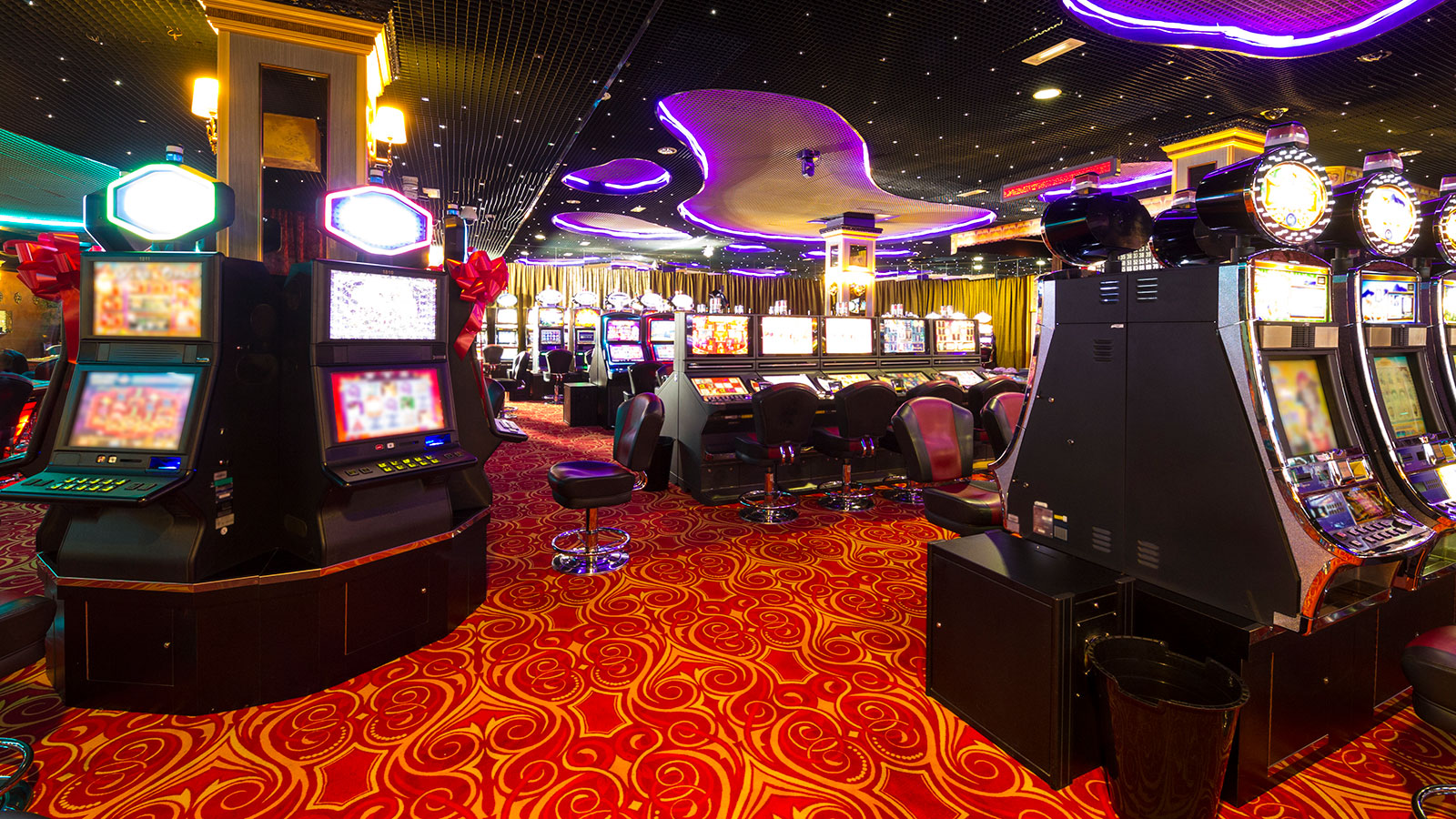Comic Categories Explored: From Shōnen and Seinen Stories

Manga has fascinated audiences globally for decades, providing a varied range of tales that attract multiple demographics and preferences. Emerging from Japan, this unique art form combines elaborate illustrations with engaging narratives, resulting in a medium that resonates with readers on many levels. From adrenaline-fueled adventures to endearing slice-of-life tales, the types of manga cater to varied tastes, establishing it one of the most versatile storytelling formats available today.
As new readers explore the world of manga, they quickly encounter a vibrant variety of genres, each with its own distinct style and themes. Young Boys, aimed primarily at a younger male audience, often features intense battles and friendship bonds, while Adult Men caters to adult men, showcasing more nuanced themes and adult themes. Understanding these genres and their nuances is important for anyone seeking to delve further the fascinating realm of manga. Join us as we dissect the various genres, shedding light on their significance and appeal within the manga community.
Understanding Shōnen
Shounen is a highly regarded genres in manga, primarily focusing on a young male audience, typically ranging from the ages of twelve and eighteen. These stories often feature intense and adventurous plots, emphasizing themes like bonds, persistence, and the journey of self-discovery. The main characters are generally teenage boys who confront obstacles, face off against adversaries, and ultimately mature through their adventures. Shounen manga engages readers with action-packed sequences, humor, and relatable characters who often represent the values of resolution and resilience.
A hallmark of Shounen manga is its diverse spectrum of environments and plots, which can include everything from martial arts and imaginative landscapes to ordinary school life. Well-known series like Naruto, One Piece: Grand Line, and Boku no Hero Academia exemplify the genre's capability to combine exciting action with meaningful emotional undercurrents. These stories often feature elements of competition and rivalry, pushing characters to enhance their abilities and forge meaningful connections with their peers. As the plot progresses, the stakes usually increase, winning over readers' minds and fostering a deep investment in the characters' trials.
An additional important feature of Shounen is its inclusion of comedy and funny scenes amidst the dramatic plotlines. While excitement and tension play crucial roles, the genre also leverages humorous moments and quirky side characters to create a harmonious reading experience. This combination of action and laughter makes Shōnen accessible to a broad audience, not just the intended demographic. The ideas presented within Shōnen manga connect with many, allowing readers to seek motivation and enthusiasm in the characters’ triumphant moments as well as their challenges.
Exploring Seinen
Seinen, a category aimed primarily at mature male audiences, is known for its varied storytelling and complex character arcs. In contrast to its younger counterpart, the shōnen genre, which frequently centers on adventure and adrenaline, seinen delves into more mature themes such as interpersonal connections, work-life balance, and societal issues. This genre allows for a deeper investigation of the human experience and mental challenges, making it appealing to an adult audience looking for more than just entertainment.
One of the hallmarks of seinen is its visual presentation, which frequently leans towards a realistic approach. The artwork can be detailed and expressive, illustrating the nuances of adult life and the weight of the stories presented. Works like "Berserk" and "Ghost in the Shell" showcase how artistry can enhance complex themes, allowing readers to appreciate the storyline to its fullest. This emphasis on visual artistry draws readers into the immersive environments created by the authors, heightening the overall emotional impact.
Furthermore, the stories in seinen tend to subvert common cliches found in other genres. 888b They typically incorporate aspects of philosophy, political themes, and morality, encouraging readers to think on their own lives. Manga like “Death Note” and “Monster” not just delight but also involve readers in moral dilemmas, encouraging them to think critically about right and wrong. This mixture of engaging storytelling with thought-provoking content cements the genre's place as a crucial component of the manga narrative landscape.
The Effect of Literary Genre on Narrative
Literary genres in manga significantly influence the storytelling approach and the themes explored within the stories. Each genre serves distinct audiences and social issues, establishing a framework within which creators can explore character growth and plot advancement. For example, shōnen manga often focuses on bonds, growth, and adventure, appealing to younger male readers, while shōjo manga may center around romance and emotional connections, catering to a female demographic. This genre difference allows for diverse storytelling styles that speak to the intended audience.
As the manga changes, so does the nuance of its genres. Seinen, aimed at adult men, often examines more detailed themes, addressing existential questions and social commentary. These narratives are typically grimmer and more mature, challenging readers to reflect on issues such as morality and identity. This progression in genres reflects the diversity of reader experiences and allows for a more profound exploration of the human condition, often meshing the lines between genres to reach broader audiences.
In recent years, genre hybridization has grown increasingly common in manga, leading to innovative storytelling methods that merge elements from different genres. This interplay not only broadens the appeal of manga but also pushes the boundaries of conventional narratives. By fusing genres such as fantasy with historical drama or slice-of-life with horror, creators broaden their creative options, offering readers a fresh viewpoint and a greater emotional investment in the tales being narrated. This evolution demonstrates the dynamic nature of manga as a medium that continues to adapt and flourish in a changing cultural landscape.
